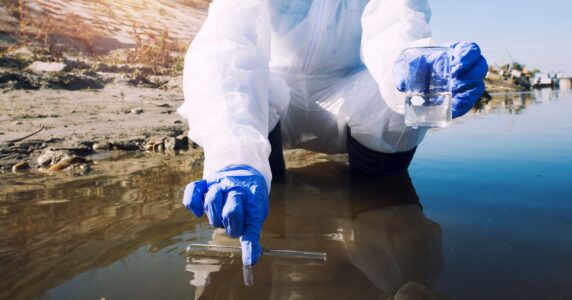Environmental mass spectrometry is a scientific technique that can supply many of the data/information that is used in policy decisions that can directly influence the health of people and ecosystems (1). A broad range of analytical chemical methods is used for environmental monitoring and food safety like mass spectrometry, GC, HPLC and chromatography. The automation process in the data analysis is one of the key factors to reduce the cost of the analysis and to have a constant quality of the outcome. Several aspects must be considered, in one end is the analysis and comparison across samples that could be obtain from multiple sites, time point, etc., but also the outcome that can be obtained, that could be from a simple chromatogram showing the area of certain compounds to a quantity determination using calibration lines, or even determination of kinetic constant to characterize the behavior of a compound under certain conditions.
But the information that Mass Spectrometry is not limited only to the targeted approaches that look for known compounds, it can also be used to find other compounds (metabolites or degradants) that are produced starting from the pesticides or other first chemicals that may also have an implication for the health and ecosystems. All this process can be automatized to a high degree using robust software platform that can analysis and compare samples from different matrix (Water, soil, etc.) that is also versatile to perform targeted, untargeted, structure elucidation, quantification, and experimental determined constant calculation in single place and with high reliability and accuracy.





